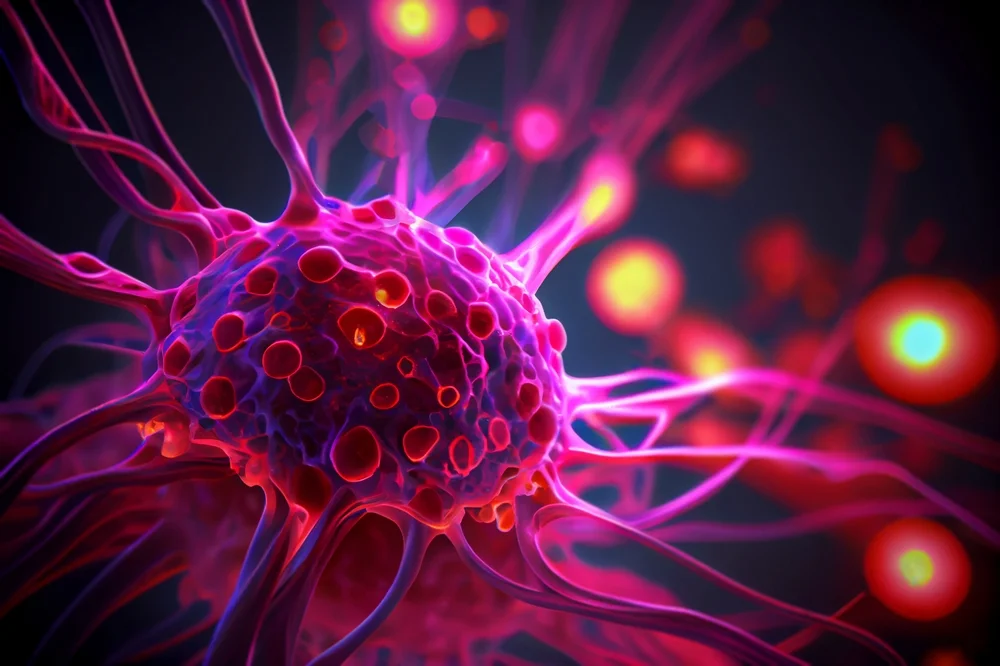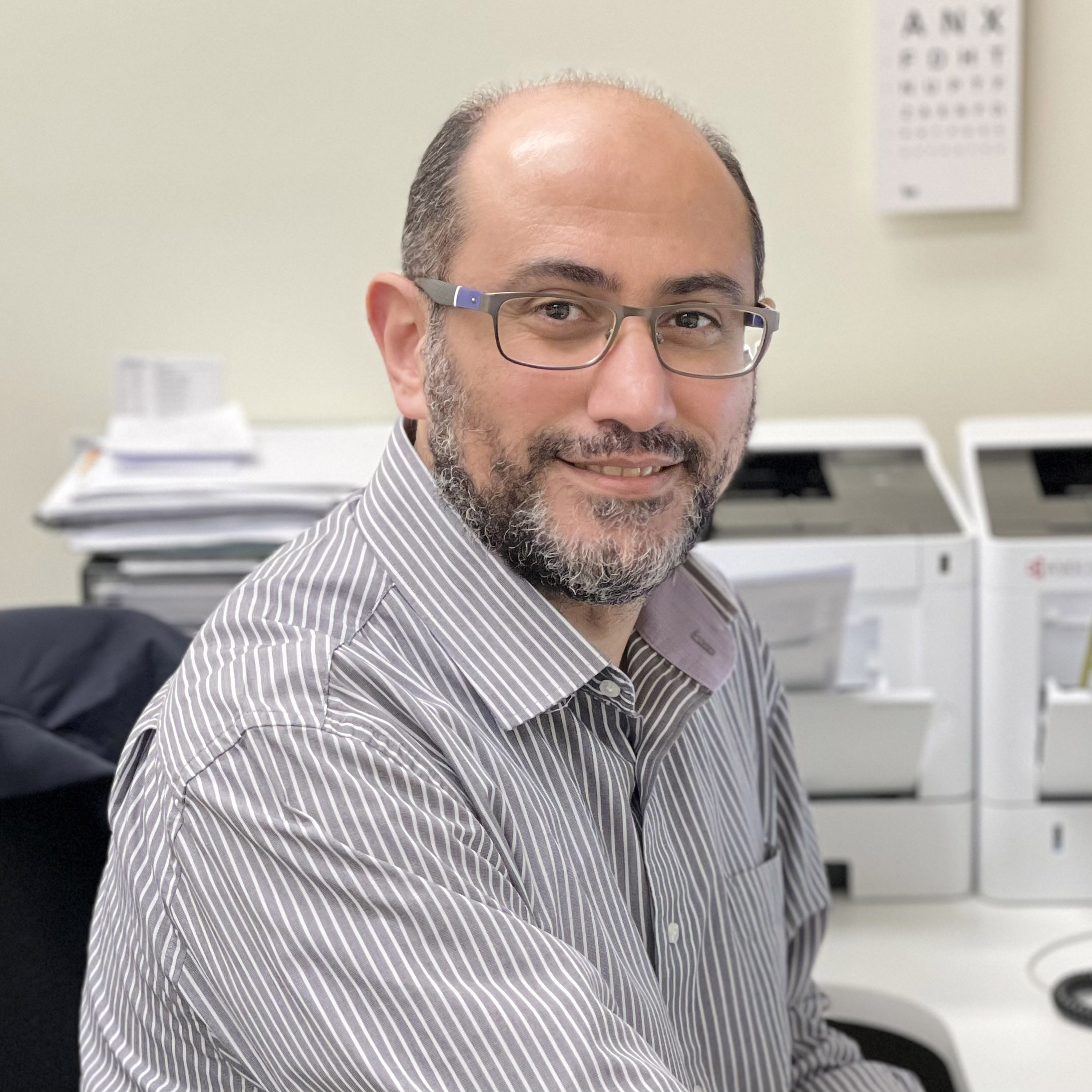Basal Cell Carcinoma (BCC):
Basal cell carcinoma is the most common type of skin cancer, often appearing as a raised, translucent bump or a pearly, pinkish patch on the skin. It typically develops on sun-exposed areas such as the face, scalp, ears, and neck. During a skin cancer check, dermatologists look for signs of BCC, including irregular borders, bleeding, and crusting. Early detection through routine skin cancer checks is crucial for effective treatment and prevention of BCC progression.
Squamous Cell Carcinoma (SCC):
Squamous cell carcinoma is the second most common type of skin cancer, usually presenting as a red, scaly patch or a firm, raised nodule on the skin. It often develops on areas exposed to the sun, such as the face, ears, lips, and hands. During a skin cancer check, dermatologists examine for signs of SCC, including persistent sores, rough patches, and changes in the skin’s texture. Timely detection through regular skin cancer checks is essential for managing SCC and preventing its spread to other parts of the body.
Melanoma:
Melanoma is a less common but more aggressive form of skin cancer that arises from melanocytes, the pigment-producing cells in the skin. It can appear as a new mole or arise from an existing mole, exhibiting irregular borders, asymmetrical shape, varied colors, and a diameter larger than a pencil eraser. During a skin cancer check, dermatologists meticulously inspect moles and pigmented lesions for signs of melanoma, emphasizing the ABCDEs of melanoma detection: Asymmetry, Border irregularity, Color variation, Diameter larger than 6 mm, and Evolution or changes over time. Early detection through routine skin cancer checks is critical for successful treatment and improving outcomes in melanoma patients.
Routine skin cancer checks are essential for early detection and management of basal cell carcinoma (BCC), squamous cell carcinoma (SCC), and melanoma. By identifying suspicious lesions and moles during these checks, dermatologists can initiate timely treatment interventions, prevent disease progression, and ultimately save lives.

